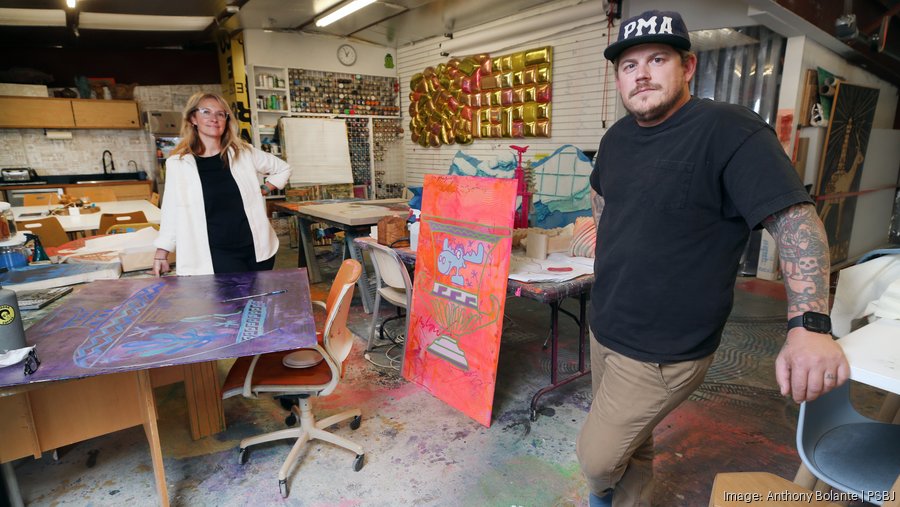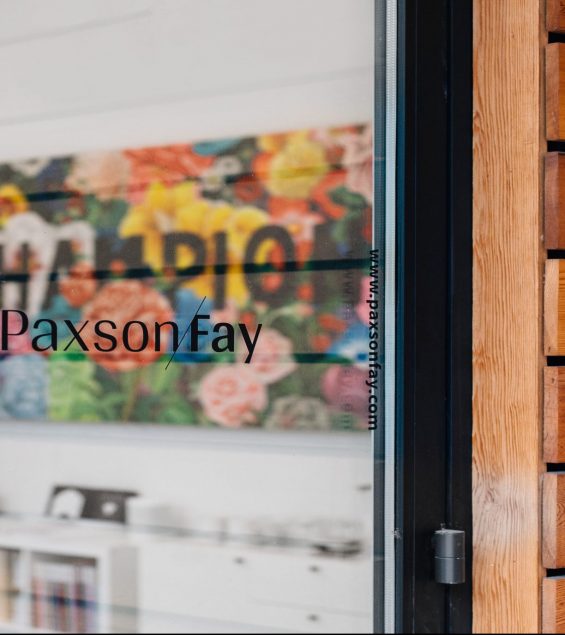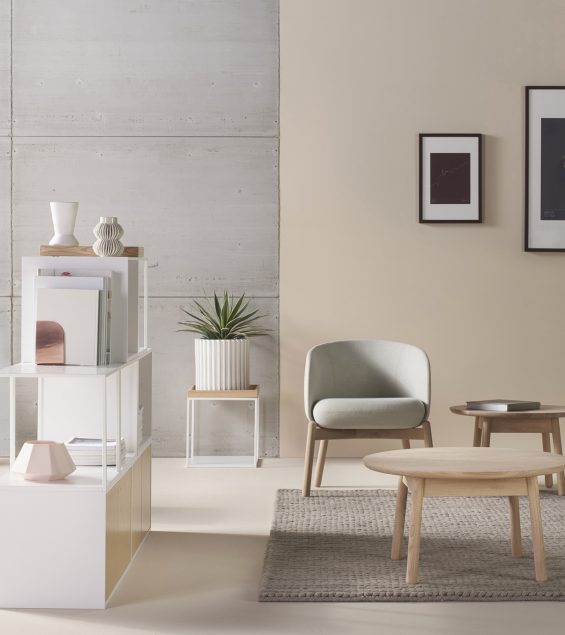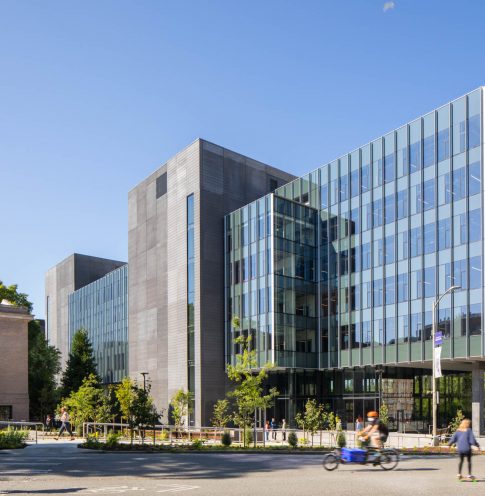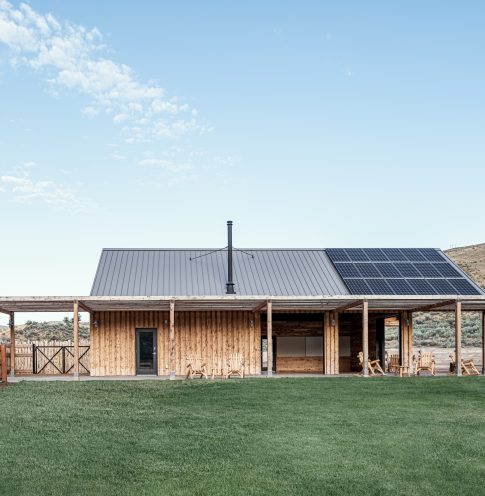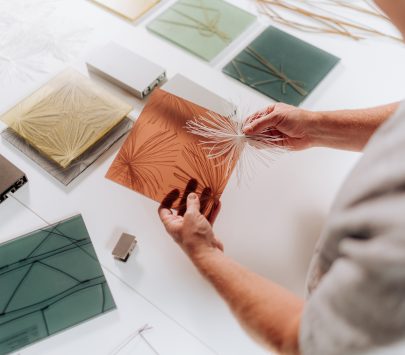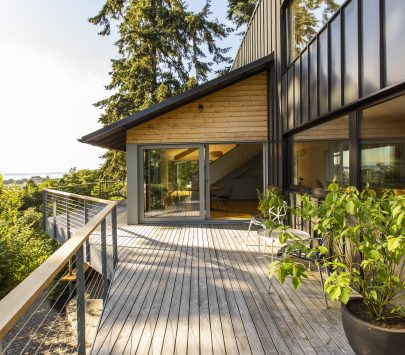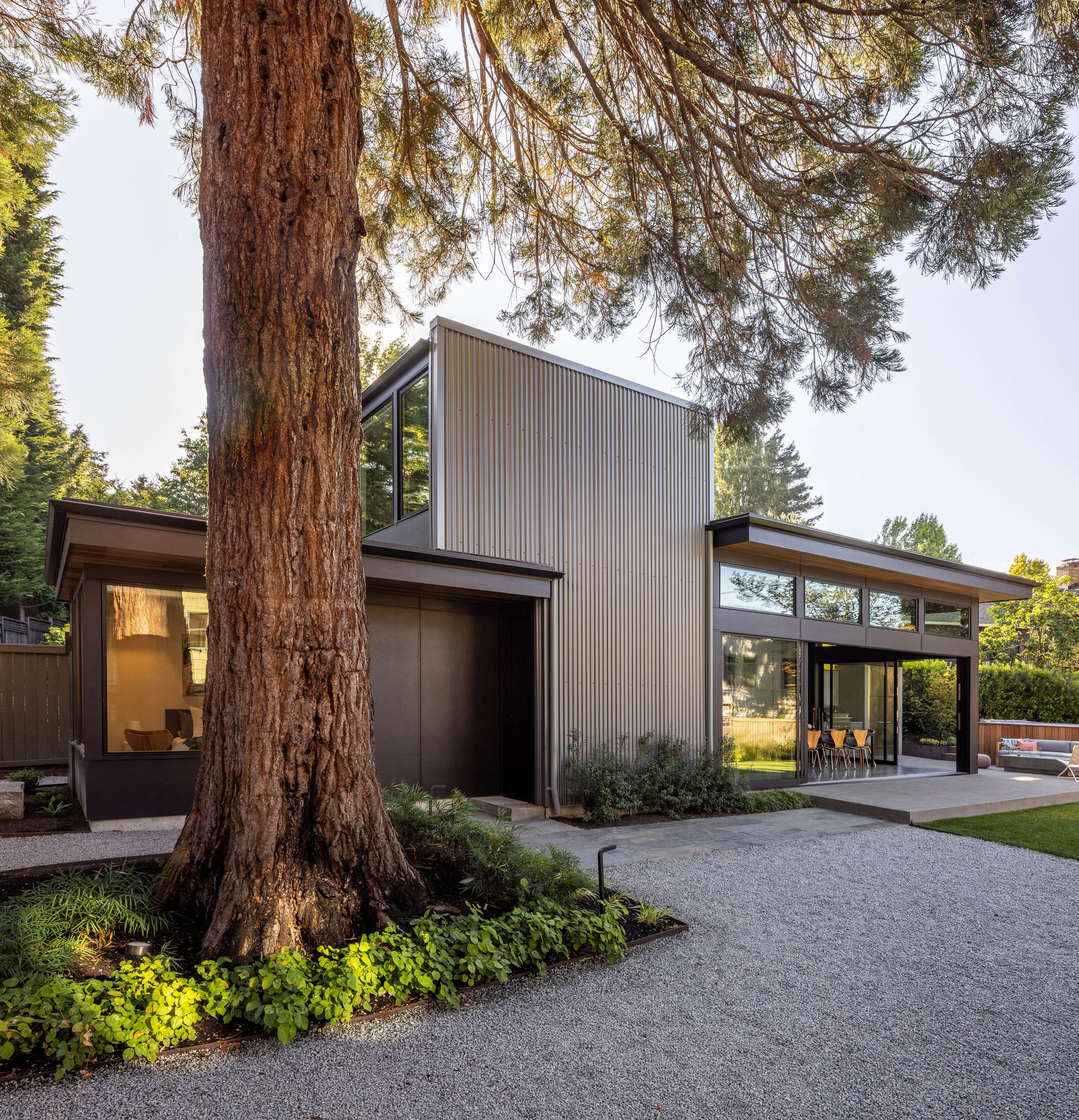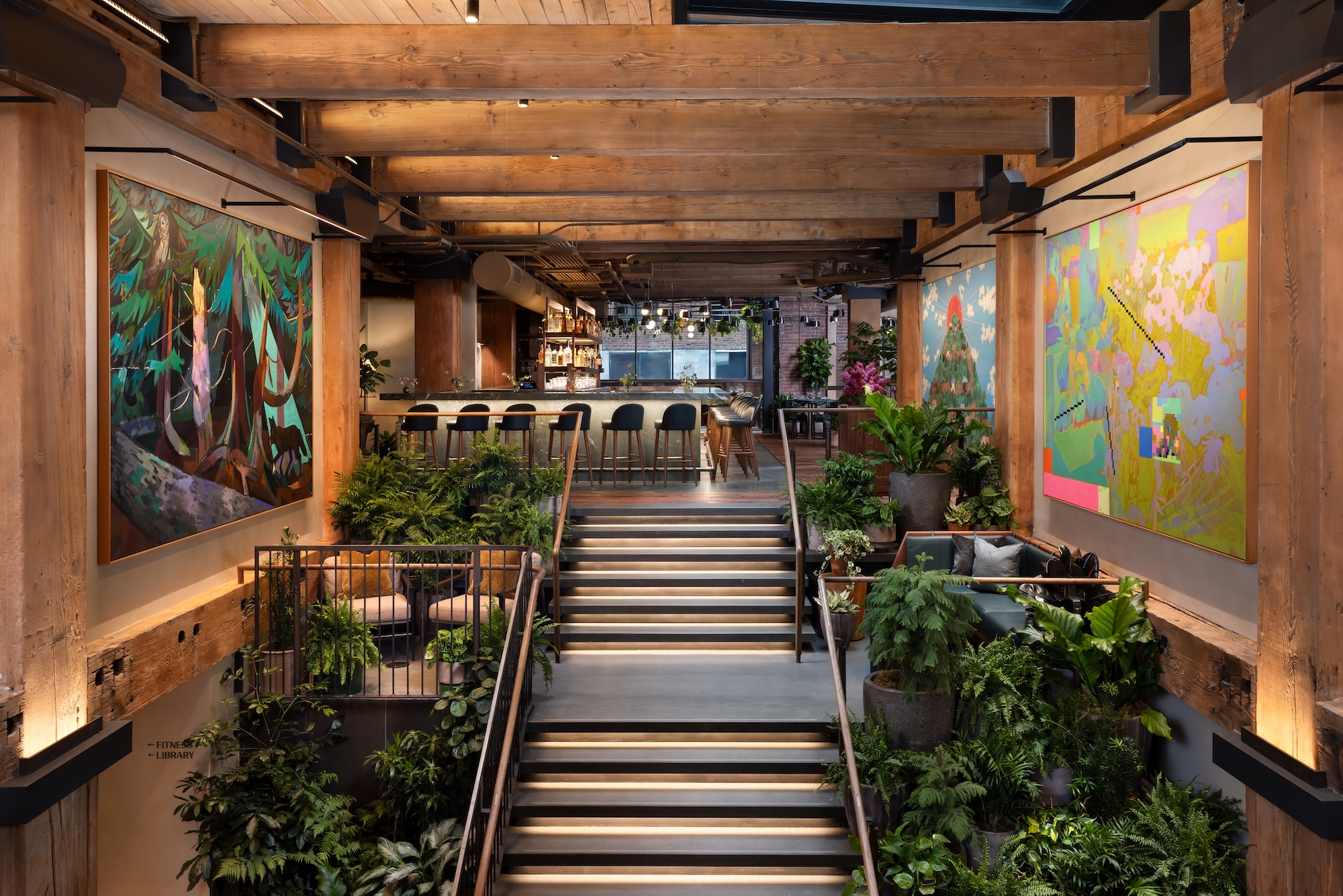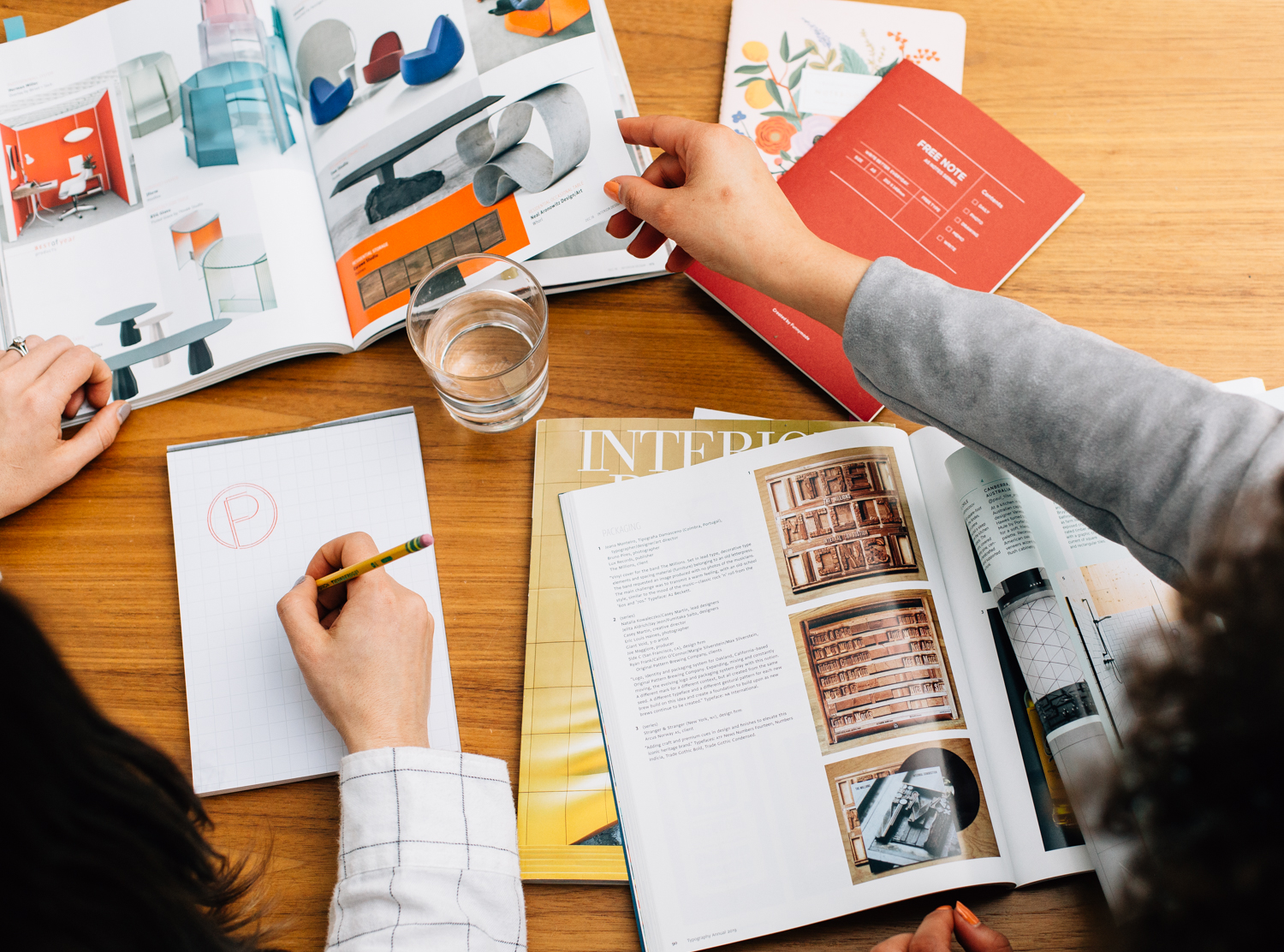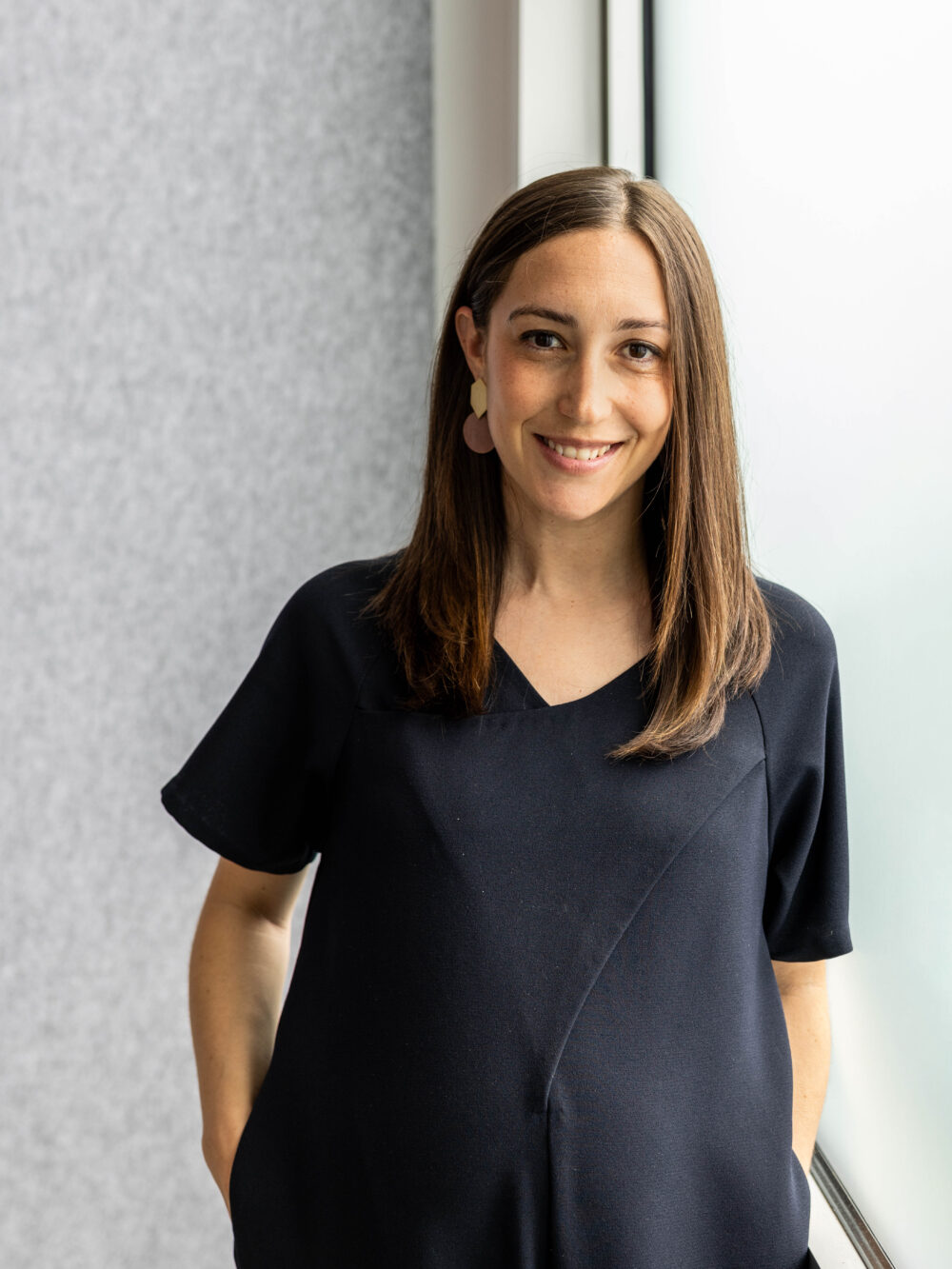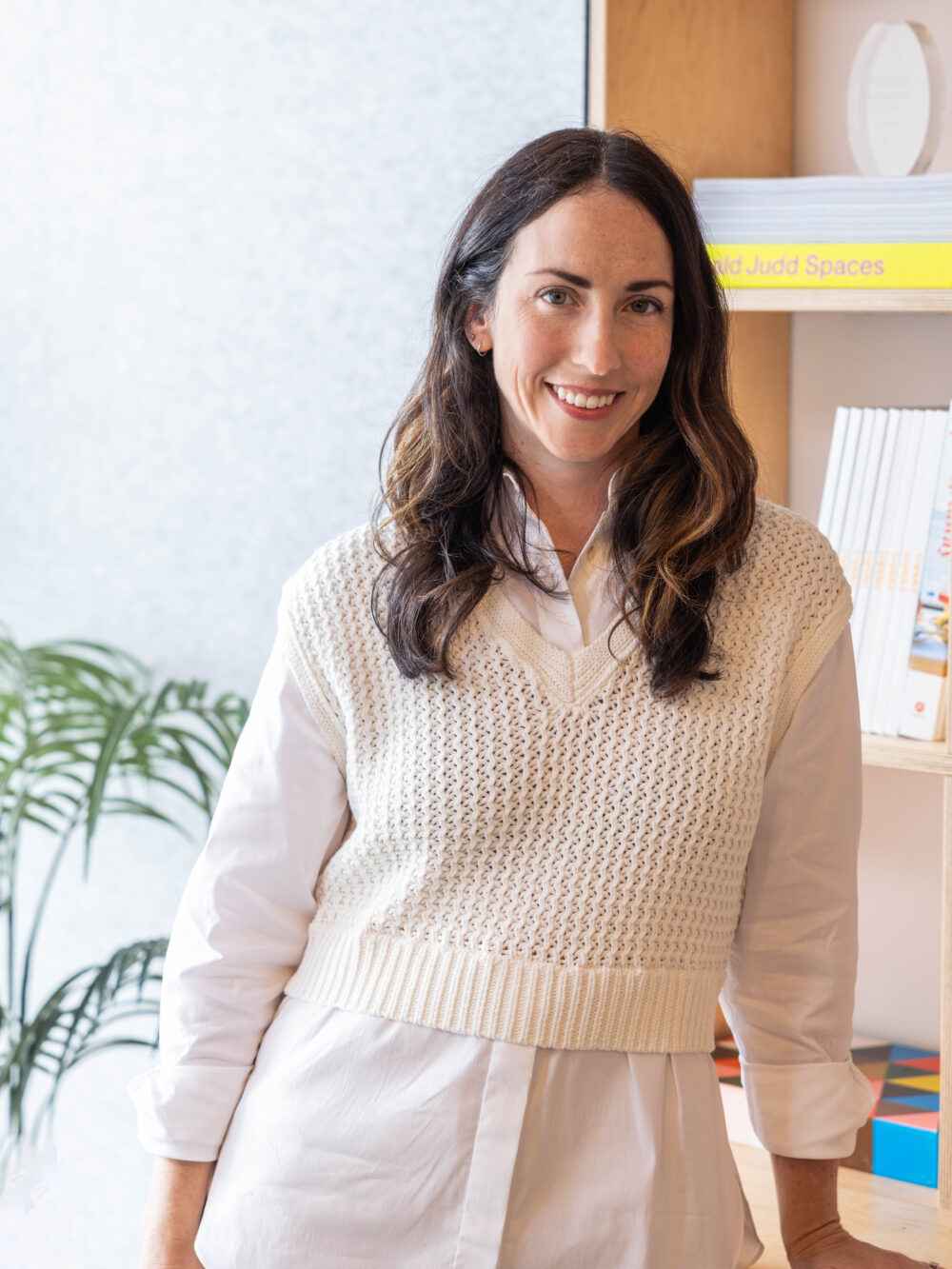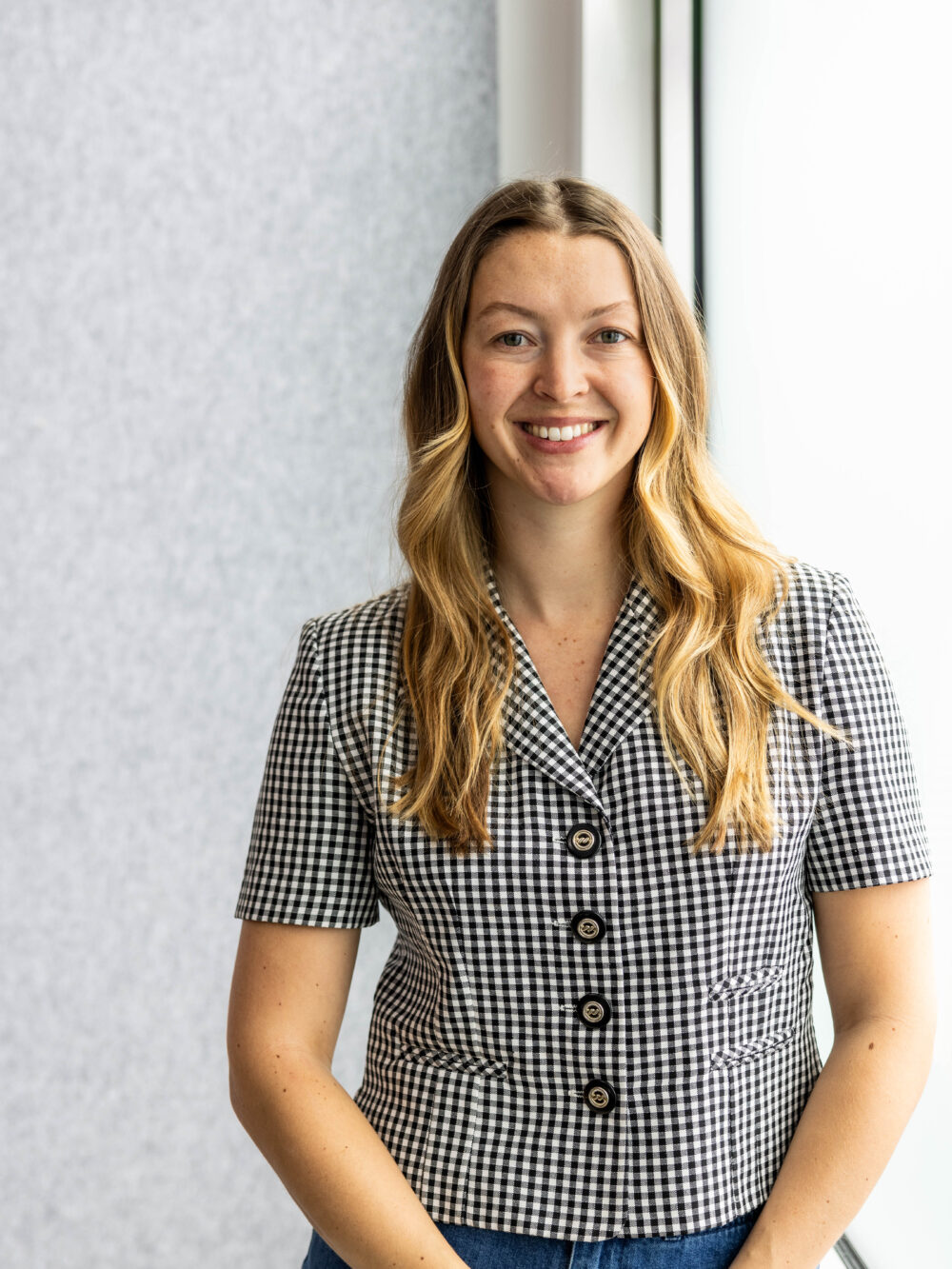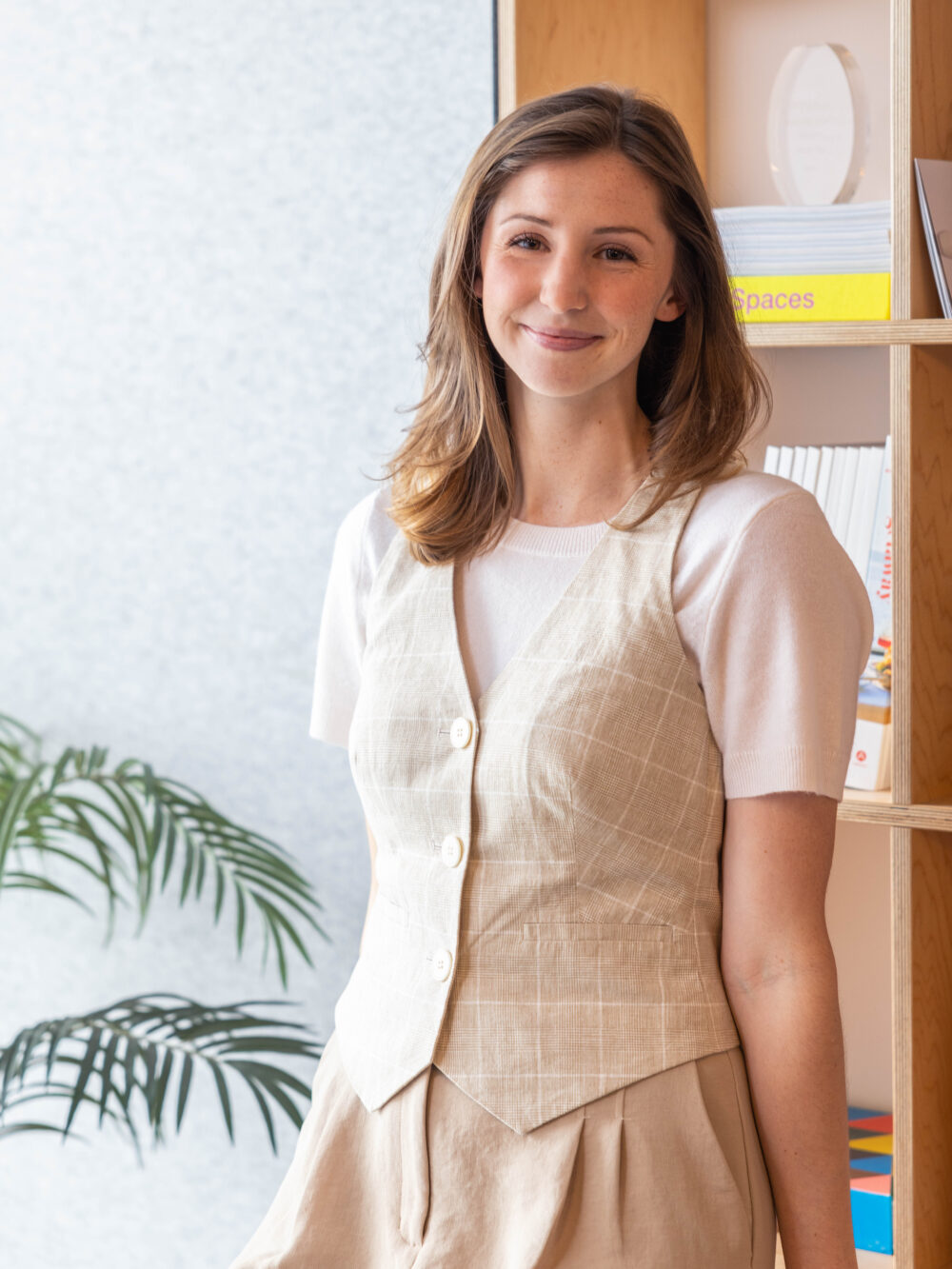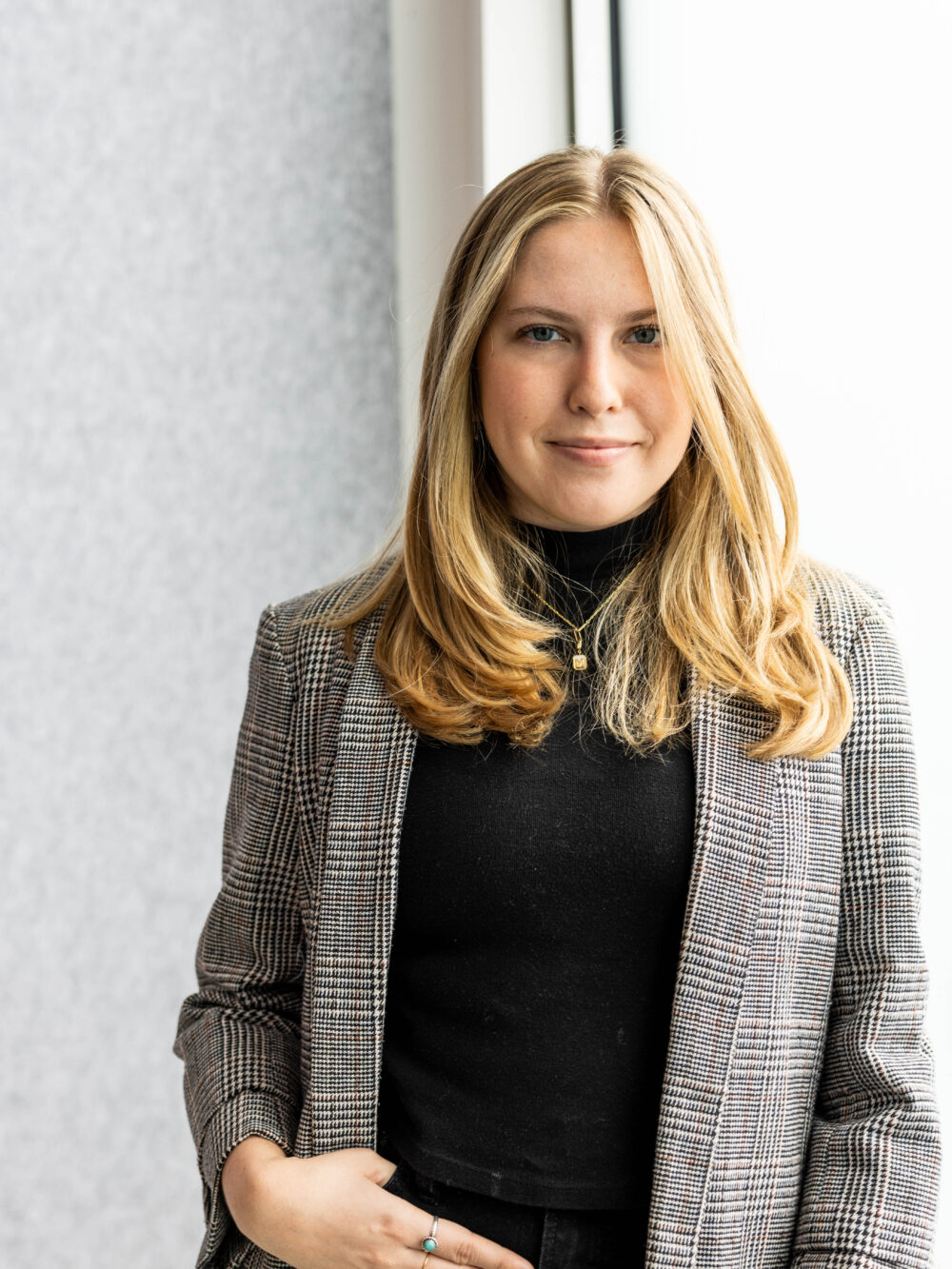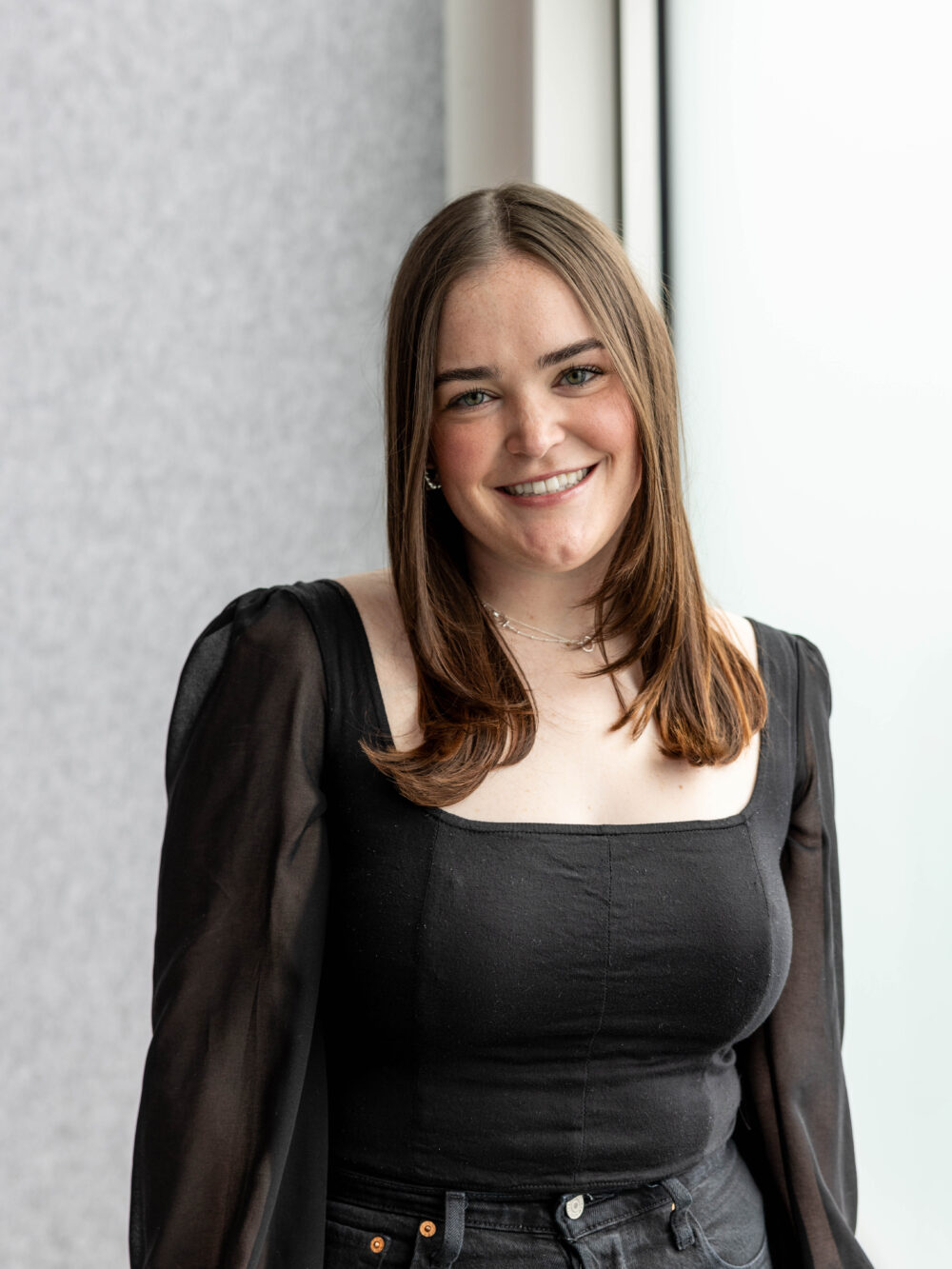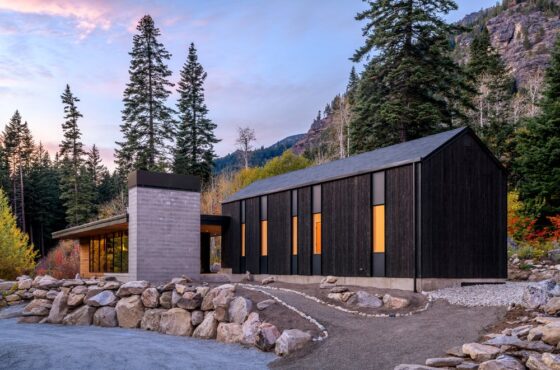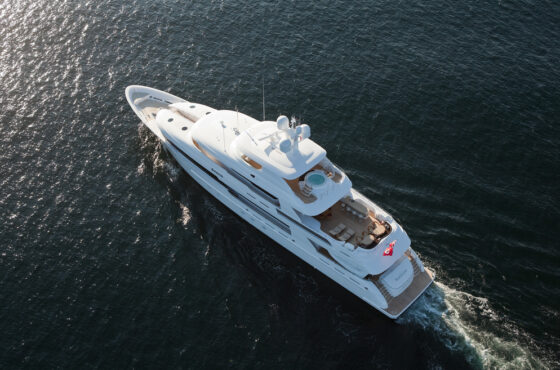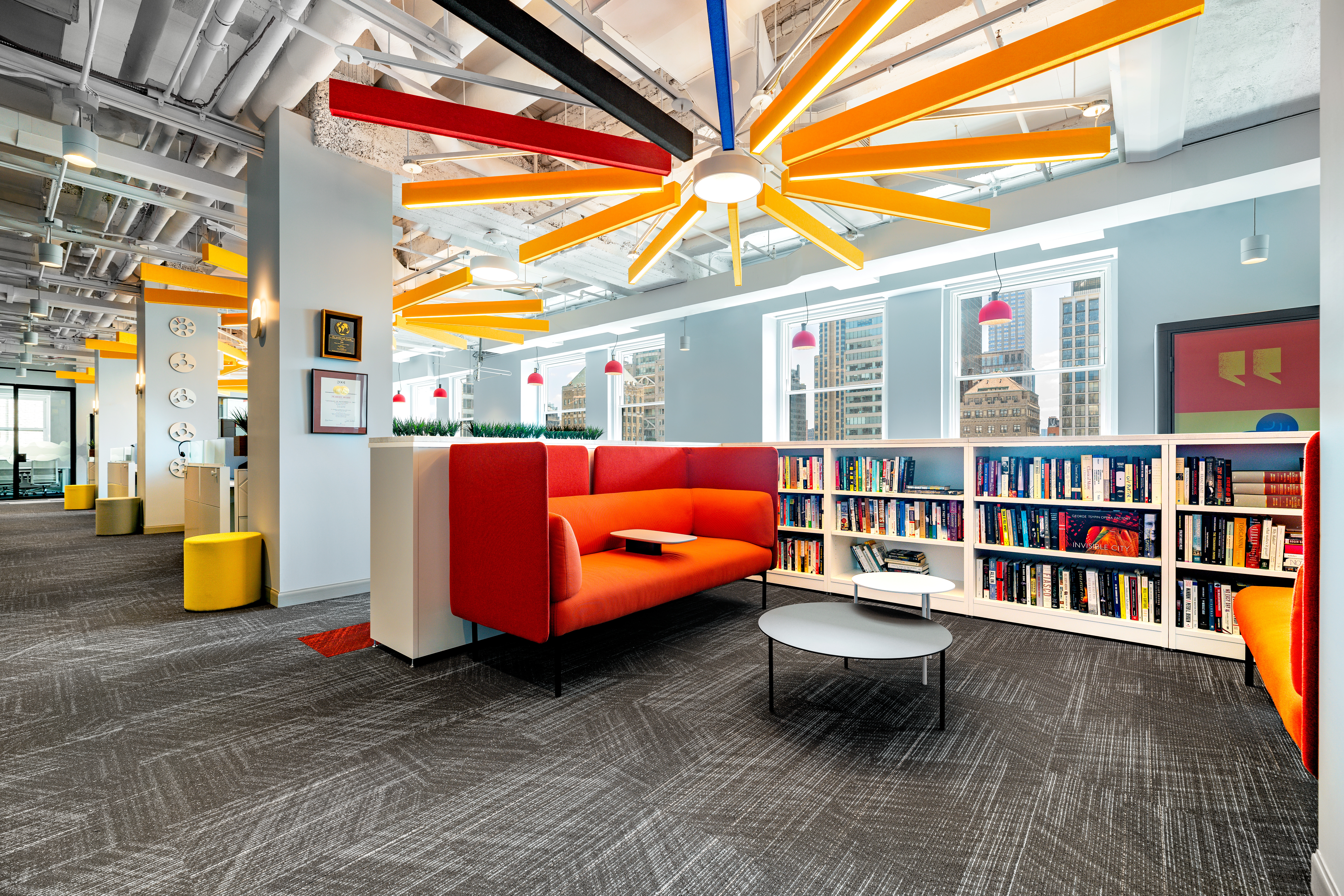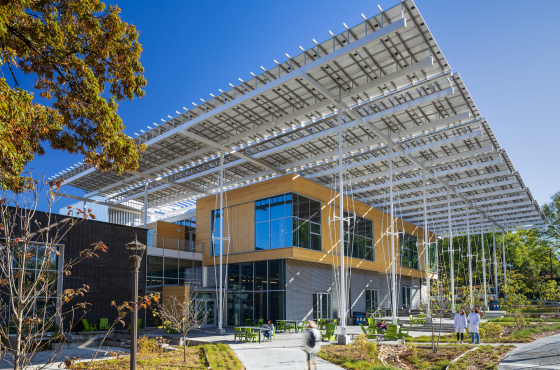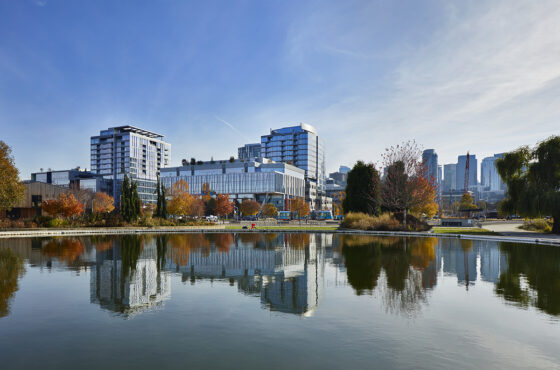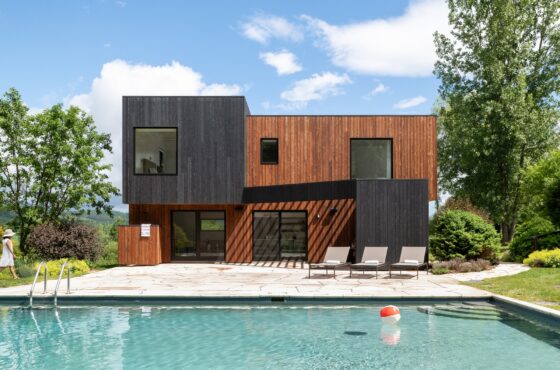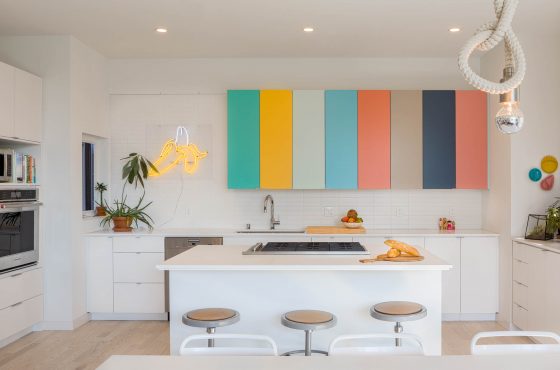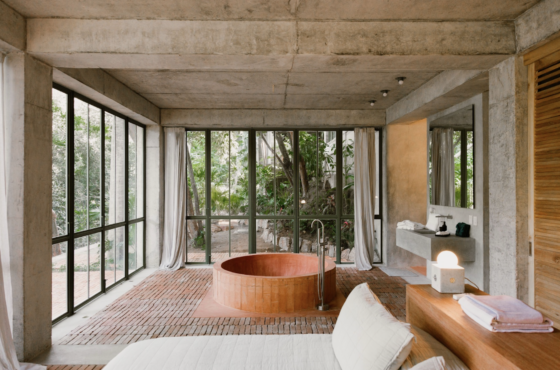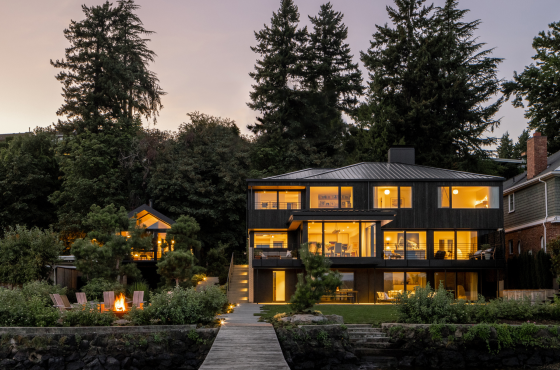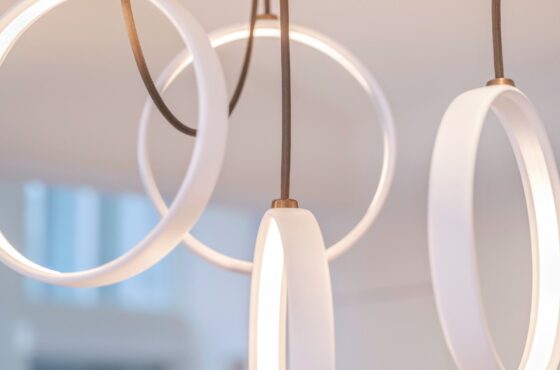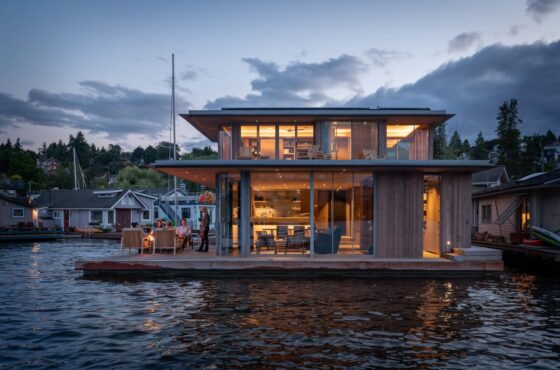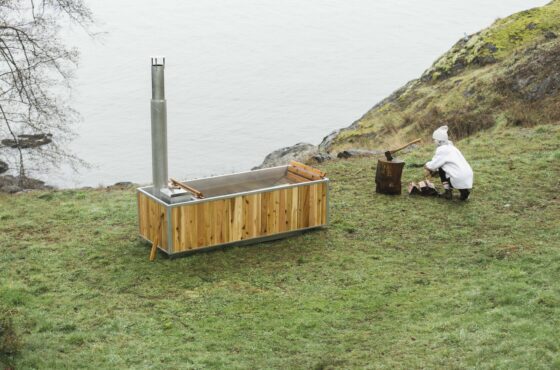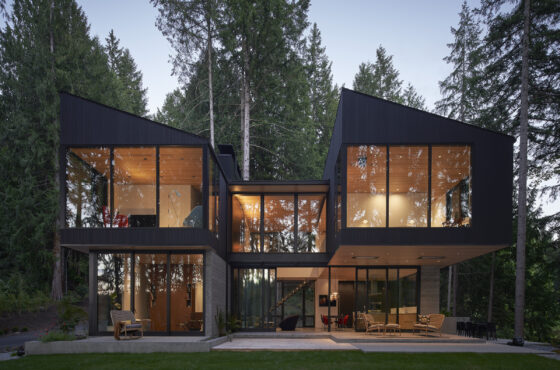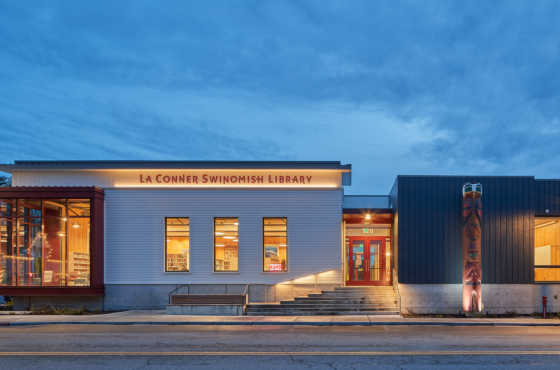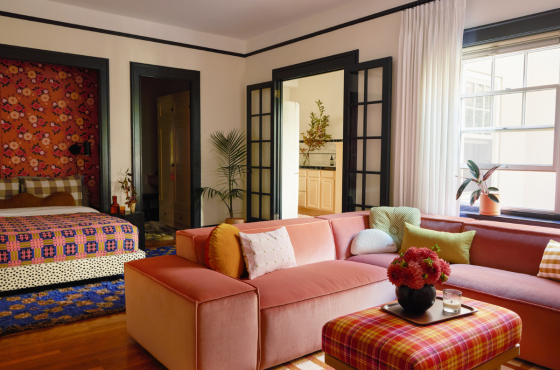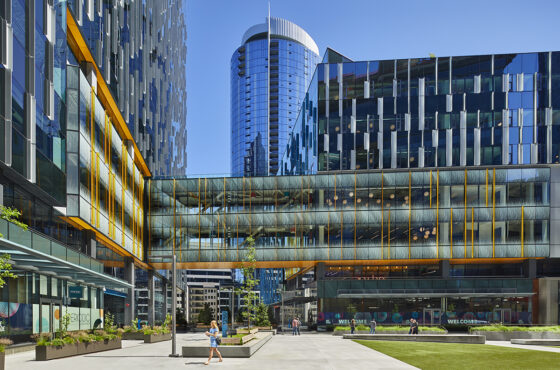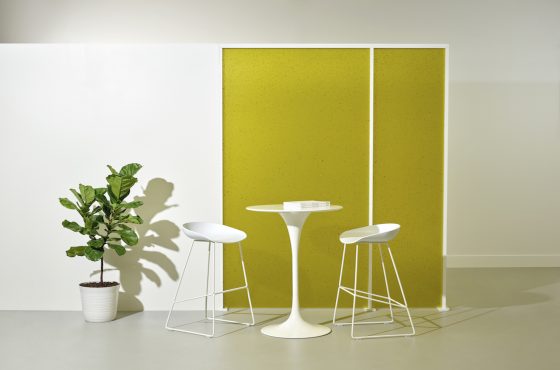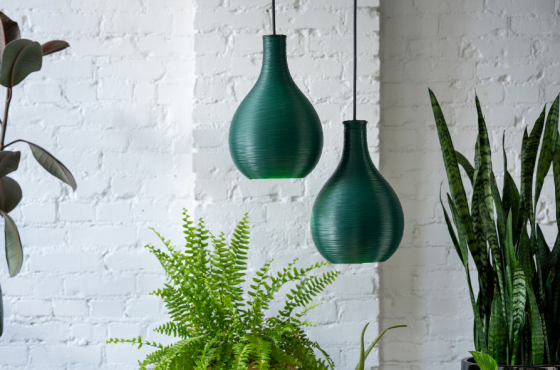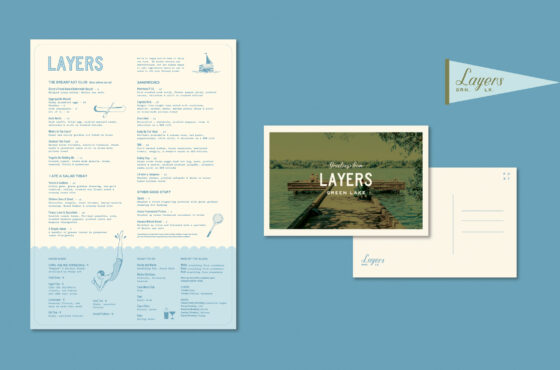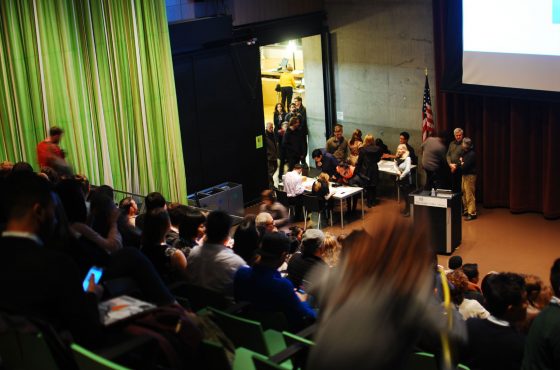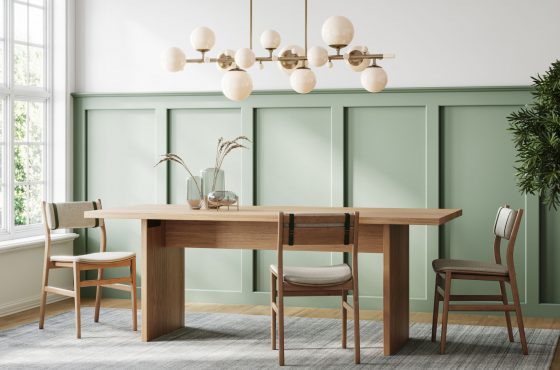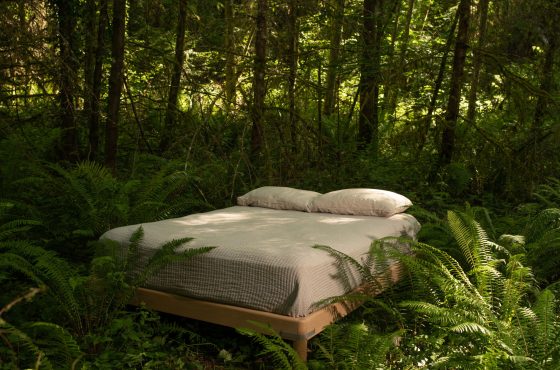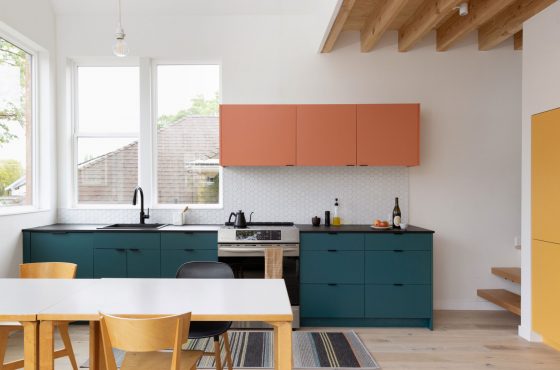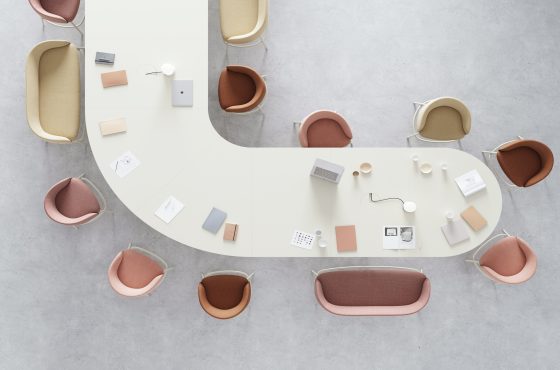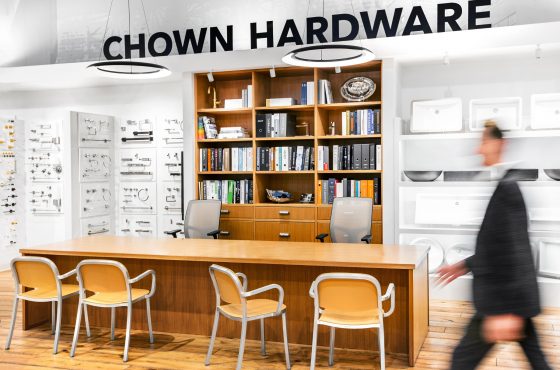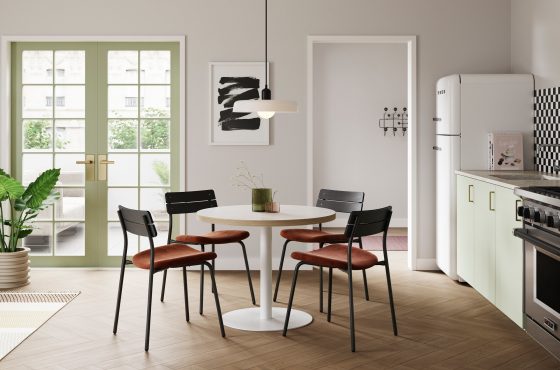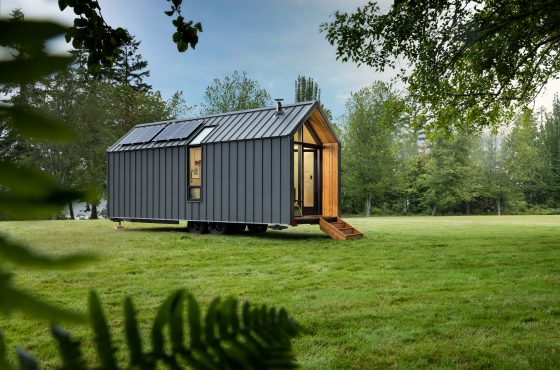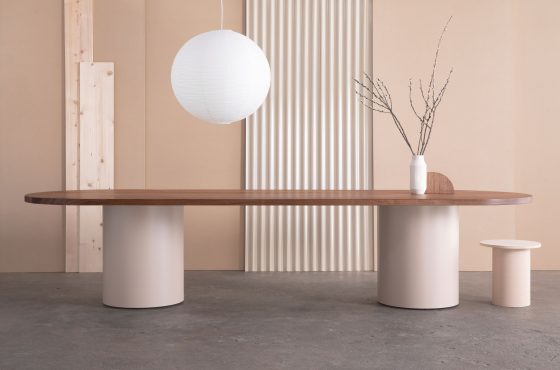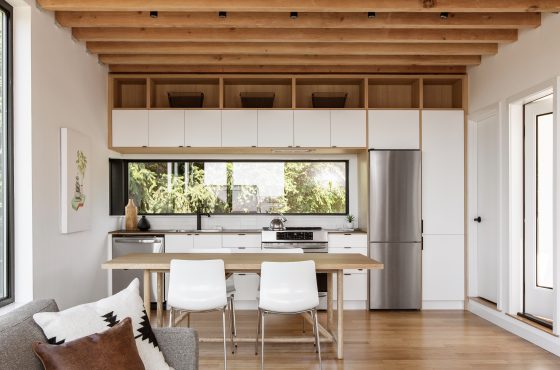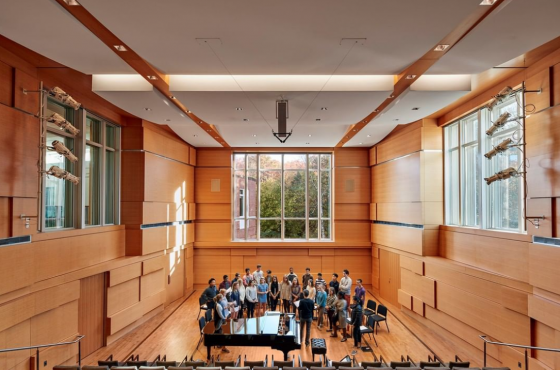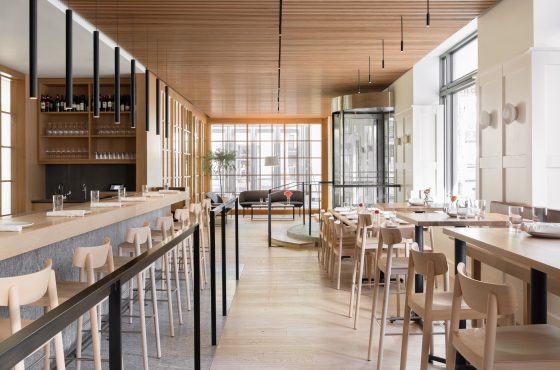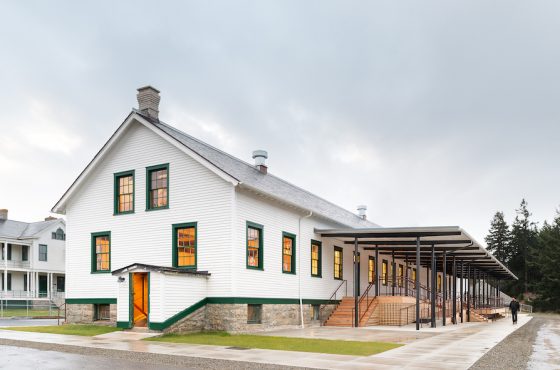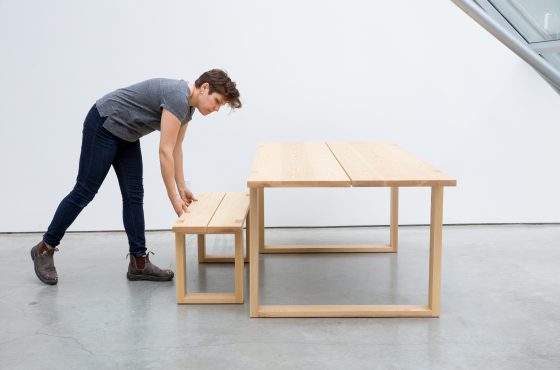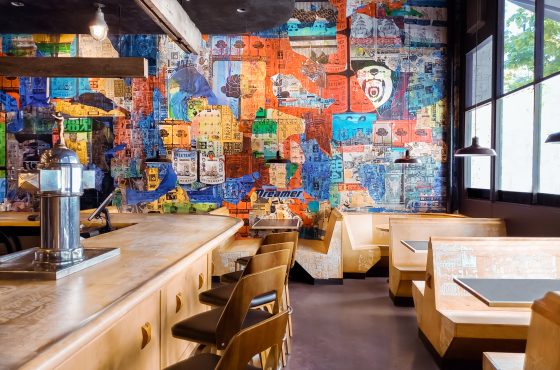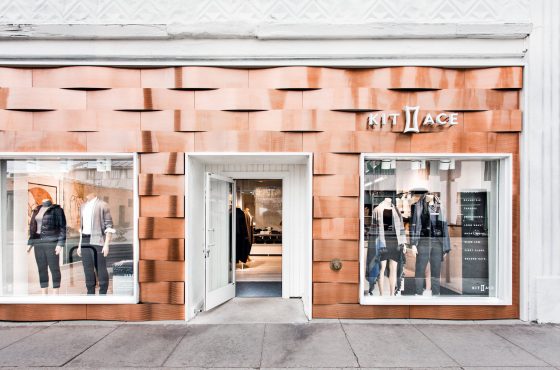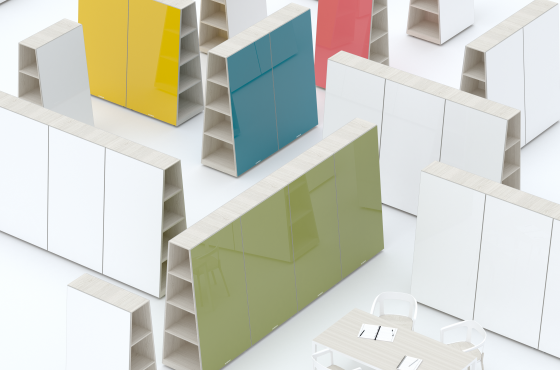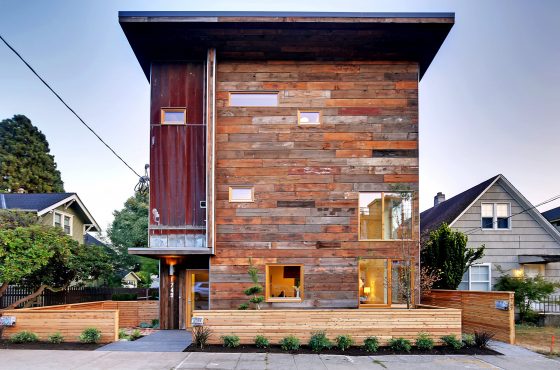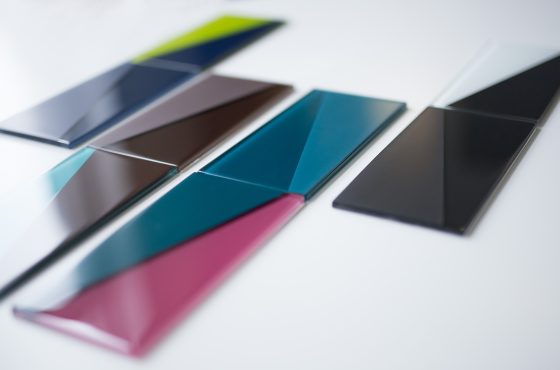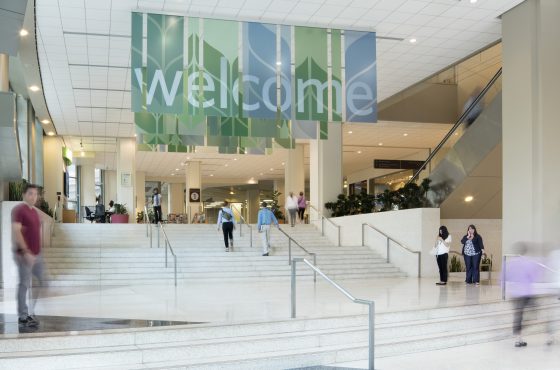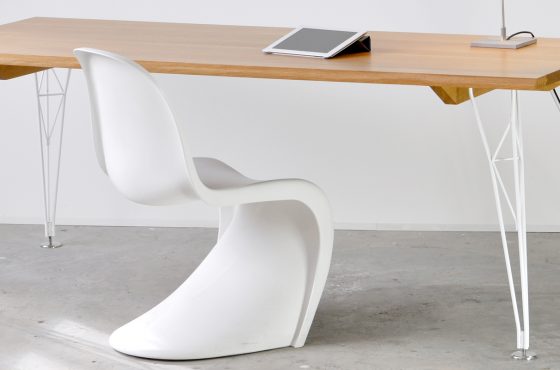Near the north end of the First Avenue South Bridge is a scrappy art studio rooted in skateboarding, hot rods and punk music.
It started 16 years ago when Patrick “Duffy” De Armas, Stefan Hofmann and others started an artist collective called Electric Coffin. With no credit and little business acumen, it hopscotched around town pursuing affordable space to make art.
“Then Gina (Windemuth) joined the studio in 2018, and we got smarter,” De Armas says.
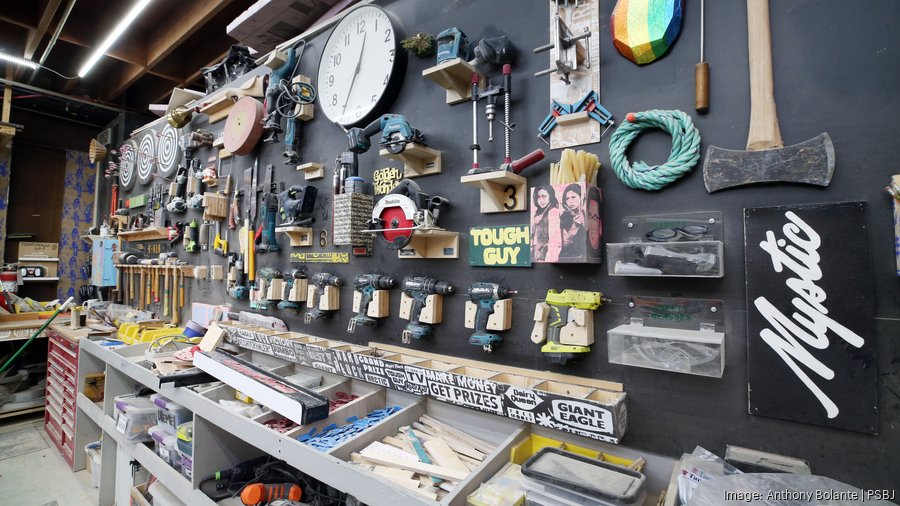
House of Sorcery
A “shape-shifting” studio that adds an artistic lens to real estate development and other traditional industries. Projects and clients have included T-Mobile, the accordion-shaped Skyglass tower in South Lake Union, Amazon‘s Sonic Tower and Skanska’s The Eight, both in Bellevue.
- Partners: Patrick “Duffy” De Armas and Gina Windemuth
- Employees: 17, including project managers, designers, and fabricators
- Locations: Studios in South Seattle and Bali, where one employee works with wood carvers and other artists
Guiding principles
- Embrace change to stay nimble, open and curious.
- Listen to your team and clients to lead with kindness.
- Give yourself grace for tough decisions made.
- Find a good partner. Being in sync will help you feel supported and make the work more fun.
- Do your best work, give it your all, and go home when it’s time.
The company, which had begun doing commercial work for Amazon and other corporations, launched House of Sorcery.
It exudes magic in a 4,000-square-foot pop-art factory crammed with colorful works inspired by everyday objects, old political and rock posters and other ephemera.
It was tough going in the circa-1978 metal shed with a mezzanine. The company had recently built out the space from scratch, including plumbing the upstairs reached via a steep flight of stairs.
“We were living paycheck to paycheck. We were cash positive but every week I said, ‘We can’t spend any money today,'” says Windemuth, sitting in a windowless conference room tucked into the mezzanine.
On top of this, House of Sorcery was stretched by the administrative and legal challenges of growing the business, buying out a partner and navigating a partial acquisition by San Francisco-headquartered One Workplace.
House of Sorcery seems built for this.
De Armas’ LinkedIn tagline reads “I just want to go fast.” And the studio thrives on change.
“Something is always happening and no two days are the same. I think we prepare for that by being open and curious and collaborative like we’re forever learning,” says Windemuth, a snowboarder who previously worked at Zumiez.
She was the youngest child in a chaotic working-class family in Medford, Oregon. “I just always kind of wanted order,” says Windemuth, who made order a career.
“I manage chaos,” she says.
Growing up in Phoenix, De Armas worked at a hot rod shop. He was a high school honor student with a wild streak, getting expelled close to graduation when he broke a lunch table by crashing it down a flight of stairs.
He studied construction management at Arizona State University but wasn’t feeling it, so he moved to Seattle. He knew no one and worked and snowboarded at Snoqualmie Pass, a dream for a kid from the desert. He later worked for snowboard companies and earned a degree in sculpture at the University of Washington.
There he spent time at the Ceramic + Metal Arts Building. It was a seminal time in an invigorating place.
“All the stimuli of the smells and sounds of screeching saws with the hope it’s going to end up in something really cool — remarkable. … That kind of really cemented it for me,” says De Armas whose Electric Coffin collaborator, Hofmann, also made art in the building behind the UW Golf Range.
In 2024, House of Sorcery didn’t land as much work as it had hoped for as some clients delayed projects.
“However, we still feel good about what we’ve been able to accomplish,” he says, adding the studio is pushing into new sectors like health care, education and nonprofits. It’s also expanding into new West Coast markets starting with the Bay Area.
The studio is looking at licensing some of its work to allow it to continue focusing on being creative. The next big challenge is finding its next space.
“We’re really worried about it,” De Armas says.
Windemuth says One Workplace is handling the hunt for the new space. “It’s going to be important that it fits our vision.”
She adds the timing is anyone’s guess.
“It’s at least a year and a half, two years out, if not longer,” she says, “and if we don’t decide to extend (the current lease).”
